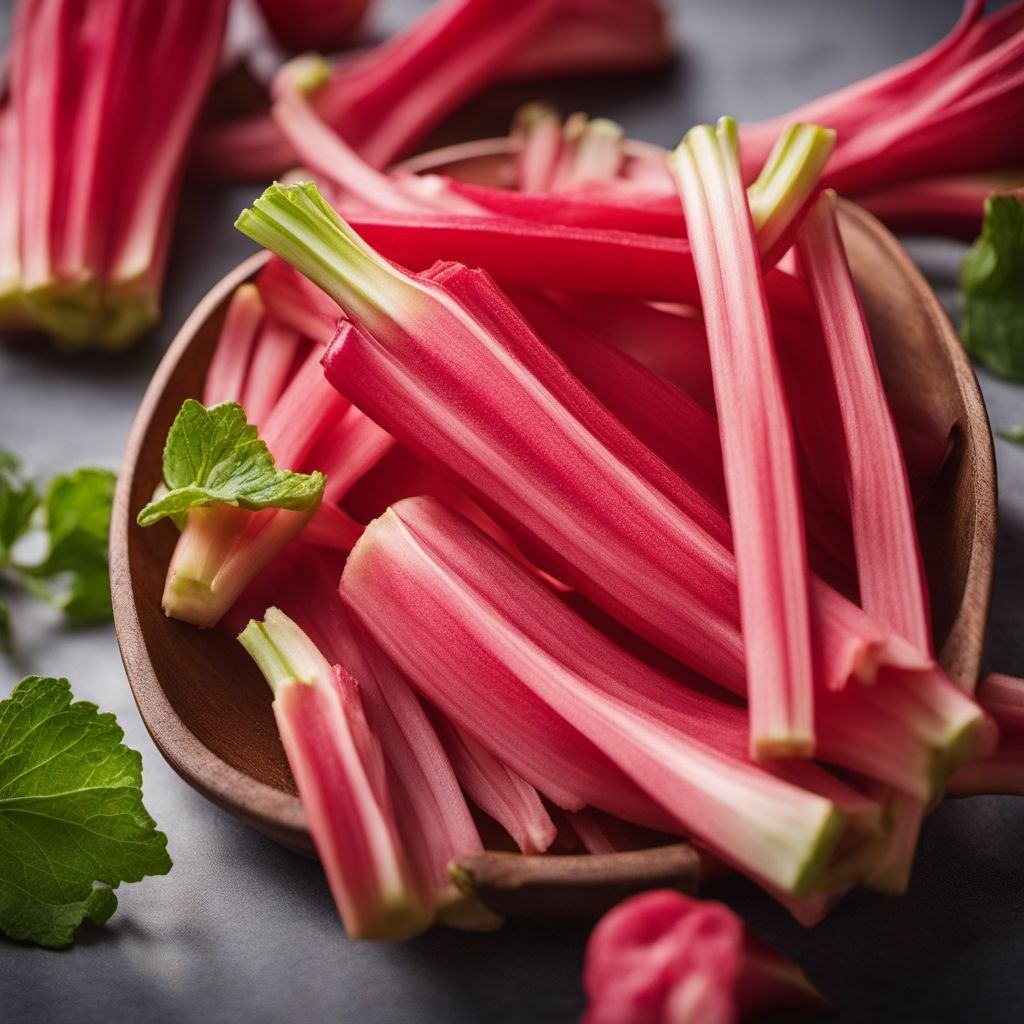
Ingredient
Rhubarb flavour
The Tangy Delight: Rhubarb Flavour
Rhubarb flavour is characterized by its tart and tangy taste, which is often described as a combination of sour and fruity. It has a vibrant red or green color, depending on the variety, and a crisp texture that softens when cooked.
Origins and history
Rhubarb has a long history and is believed to have originated in Asia, particularly in China and Siberia. It was initially used for medicinal purposes before being introduced to Europe in the 18th century. Rhubarb became popular in desserts and preserves, and its unique flavor profile made it a sought-after ingredient in both sweet and savory dishes.
Nutritional information
Rhubarb flavour is low in calories and fat, making it a guilt-free addition to recipes. It is also a good source of vitamin C, dietary fiber, and antioxidants. However, it is important to note that rhubarb leaves are toxic and should never be consumed.
Allergens
Rhubarb leaves contain oxalic acid, which can be harmful if ingested. Only the stalks should be consumed, and individuals with kidney problems or a history of kidney stones should exercise caution when consuming rhubarb.
How to select
When selecting rhubarb flavour, look for firm and crisp stalks with a vibrant color. Avoid stalks that are wilted, discolored, or have soft spots. The size of the stalks does not affect the flavor, so choose based on your recipe requirements.
Storage recommendations
To keep rhubarb fresh, remove any leaves and store the stalks in a plastic bag in the refrigerator. They can last for up to two weeks when properly stored. Rhubarb can also be frozen for long-term storage. Blanch the stalks in boiling water for a few minutes, then transfer them to an airtight container or freezer bag.
How to produce
Rhubarb can be grown in home gardens or containers. It thrives in cool climates and requires well-drained soil and regular watering. Harvest the stalks by gently pulling them from the base, being careful not to damage the plant. Rhubarb should not be harvested during its first year of growth to allow the plant to establish itself.
Preparation tips
Rhubarb can be used in a variety of sweet and savory dishes. It is commonly used in pies, tarts, crumbles, and jams, where its tartness balances the sweetness of other ingredients. Rhubarb can also be stewed, roasted, or grilled and served as a side dish or topping for meats. Additionally, it can be used in cocktails, syrups, and sauces to add a tangy kick.
Culinary uses
Rhubarb flavour is widely used in desserts, particularly in pies and crumbles. It pairs well with strawberries, apples, and citrus fruits, creating a delicious balance of flavors. In savory dishes, rhubarb can be used to make chutneys, sauces, and marinades, adding a tangy twist to meats and vegetables. It is commonly found in European and North American cuisines.
Availability
Rhubarb is commonly available in regions with temperate climates, such as North America, Europe, and parts of Asia. It is cultivated in countries like the United States, Canada, Germany, the United Kingdom, and China.
More ingredients from this category » Browse all
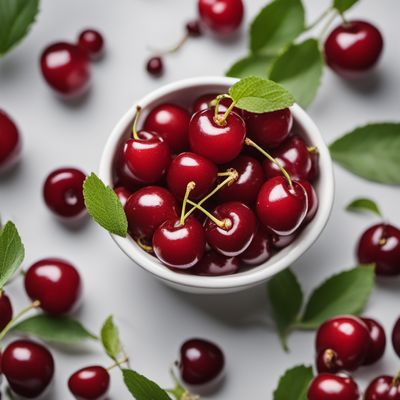
Sour cream cherry flavour
The Tangy Twist of Cherry Sour Cream

Feijoa flavour
The Exotic Essence: Unveiling the Enchanting Feijoa Flavor

Spice mix flavour
A Symphony of Spices: Spice Mix Flavour
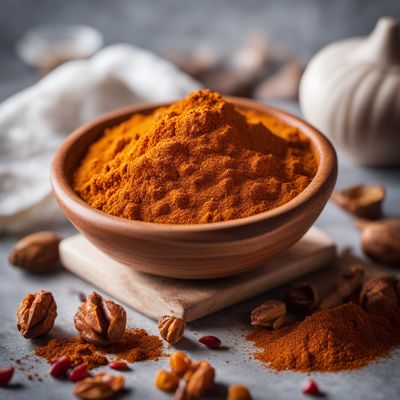
Masala hot flavour
Fiery Spice Explosion: Unleashing the Flavors of Masala Hot
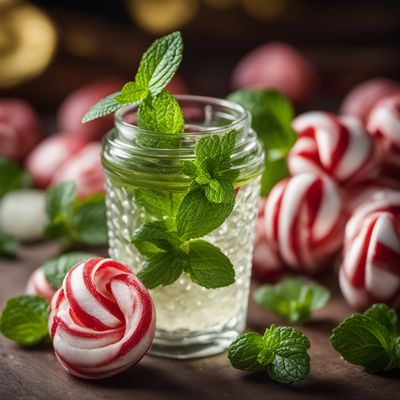
Peppermint flavour
The Refreshing Essence: Peppermint Flavour

Cucumber flavour
"Cool and Refreshing: Exploring the Delicate Essence of Cucumber Flavor"
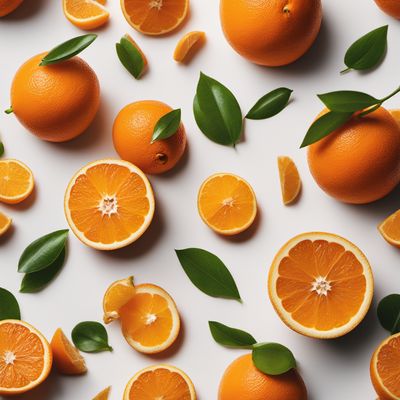
Orange flavour
The Essence of Citrus
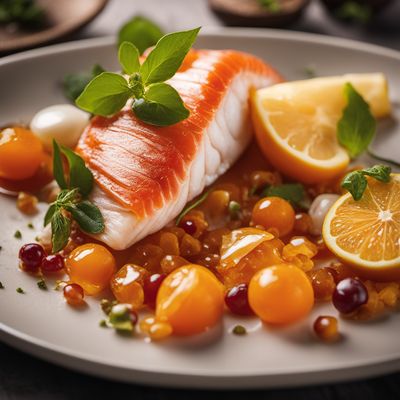
Fish flavour
"The Ocean's Symphony: Exploring the Delicate and Savory Fish Flavour"
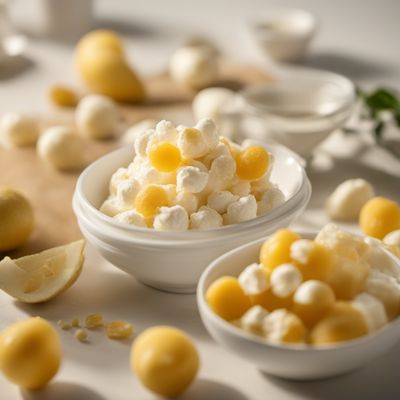
Quark flavour
The Creamy Delight: Exploring the Flavors of Quark
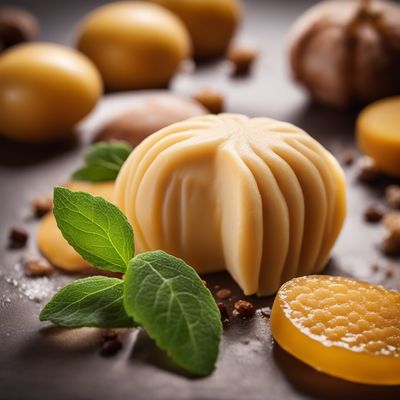
Marzipan flavour
The Sweet Almond Symphony
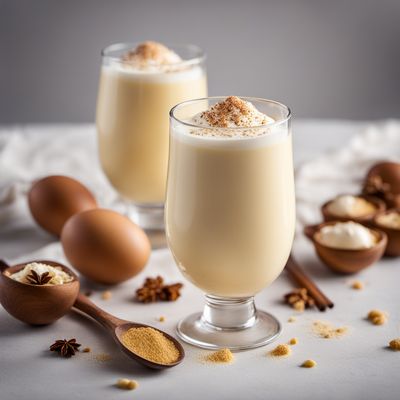
Eggnog flavour
"Velvety Delight: Exploring the Richness of Eggnog Flavor"
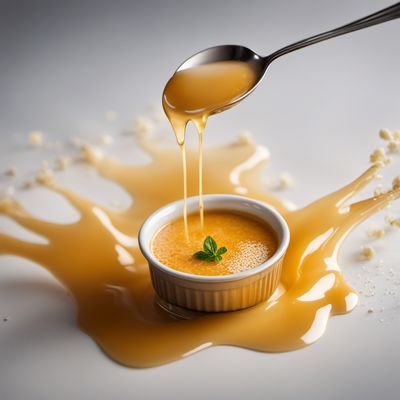
Cream brulee flavour
"Indulge in the Irresistible Delights of Cream Brulee"